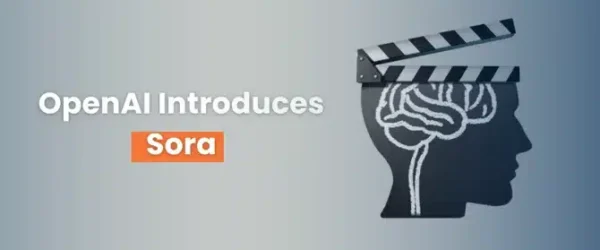There are a ton of reasons WordPress is so popular. It’s free to download and use. It’s also easy to learn, flexible, and search engine friendly. Plus, thousands of themes and plugins make it one of the most customizable platforms Based on market share statistics, the most popular content management system is WordPress, used by 40. 4% of all websites on the Internet (although per definition it is a blog system/website generator, not a fully-fledged content management system), followed by Shopify and Joomla
Content management systems help companies manage digital content
A content management system (CMS) helps companies manage digital content. Whole teams can use these systems to create, edit, organize and publish content. It acts as a single place to store content and provides automated processes for collaborative digital content management and creation using built-in (or designed) workflows. Different privileges and responsibilities are provided to individuals based on roles. For example, authors can post and save their work, but editors can modify and publish it. Administrators can do all these things as well as grant other people in the organization permission to update or revise content With a CMS, multiple content marketing team members can contribute and help publish content. With its workflow management, content storage, and scheduling capabilities, the system helps them keep everything organized. Browser-based CMSs can be accessed from anywhere, and teammates in different locations can collaborate on content projects in the same system and on the most current version. Team members can all access the same content since it’s stored in the same place. There’s no need to send multiple files to multiple people—and no headaches from trying to control multiple versions

Content management solutions for websites, help, and community websites
With content management solutions, you can rapidly build and publish marketing, help, and community websites—from concept to launch—with engaging online experiences. The website building process is completely integrated across content, collaboration, and design are via a single authoring and publishing environment In simpler language, a content management system is a tool that helps you build a website without needing to write all the code from scratch (or even know how to code at all)
What is a web content management system?
CMS tends to imply the creation, editing, and management of content, while WCM implies all that, plus management of your websites themselves. But whether a vendor prefers one term or the other doesn’t tell you what you need to know, so you’ve got to look under the hood to see what’s really being offered A web content management system is similar to an ECM system, but the differentiating factor is the WCMS is for web content — such as product pages on e-commerce websites. It contains a publishing tool and facilitates collaborative authoring

Decoupled CMS: What is it?
A decoupled CMS is an advanced solution that offers greater flexibility to interact with the content created in the back end. For example, suppose an organization wants to use its library of content for a new purpose, such as mobile applications. In that case, a decoupled CMS is an appealing solution because it supports multiple, adaptable applications on the front end while keeping your content and information consistent in the back end The advantages of a decoupled CMS is down to the architecture that separates the front-end and back-end operations. That means content creators are free to simply plug information into the content manager on the back end and not worry about the layout which is manipulated by the front-end system

What is a coupled CMS?
While a coupled CMS is an all-in-one solution, the main distinction between it and a software-as-a-service (SaaS) CMS is that a coupled CMS requires dedicated web hosting to run. Although web hosting is relatively inexpensive, it’s important to remember that a CMS requires installing and maintaining specific technologies to make the software functional






